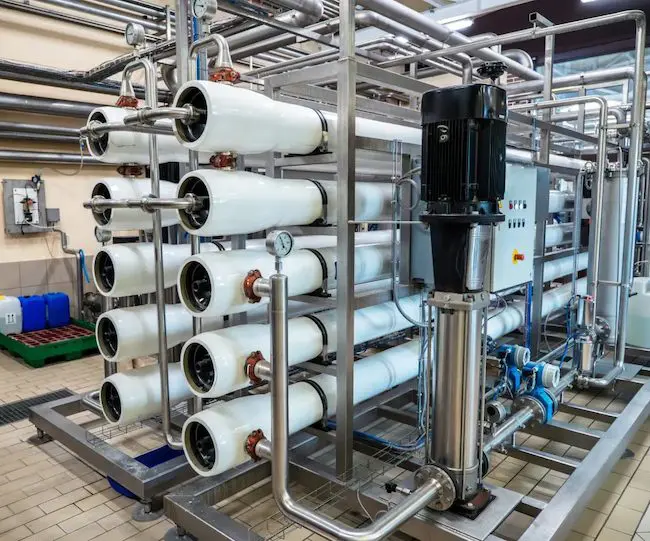-
USA - English
- Locations
- SDS Access
- CTVista®+ Login

Various types of filtration equipment with different media are used to remove certain constituents. Equipment includes activated carbon filtration, iron filtration, sand, dual- and multi-media filtration, microfiltration, and ultrafiltration. Knowing how to operate this equipment efficiently is important to successful RO operation. Understanding these potential problems can help you know when to clean the RO, what RO cleaner to use, and what stage requires cleaning.
ChemTreat offers solutions to monitor and reduce microbiological growth formation in the cartridge filter housing and on the RO membrane using approved microbiocides and aqueous chlorine dioxide.
The ChemTreat RO lab performs membrane autopsies, which include unbiased, expert evaluation and inspection of membranes to identify the causes of membrane failure in microfiltration (MF), ultrafiltration (UF), nanofiltration (NF), and RO membranes. Membrane autopsies include the physical dissection of a membrane element or module, in-depth analytical testing, results interpretation, reporting, and recommendations. The turnaround time for membrane autopsies is only 10 business days.
Other lab capabilities include:
